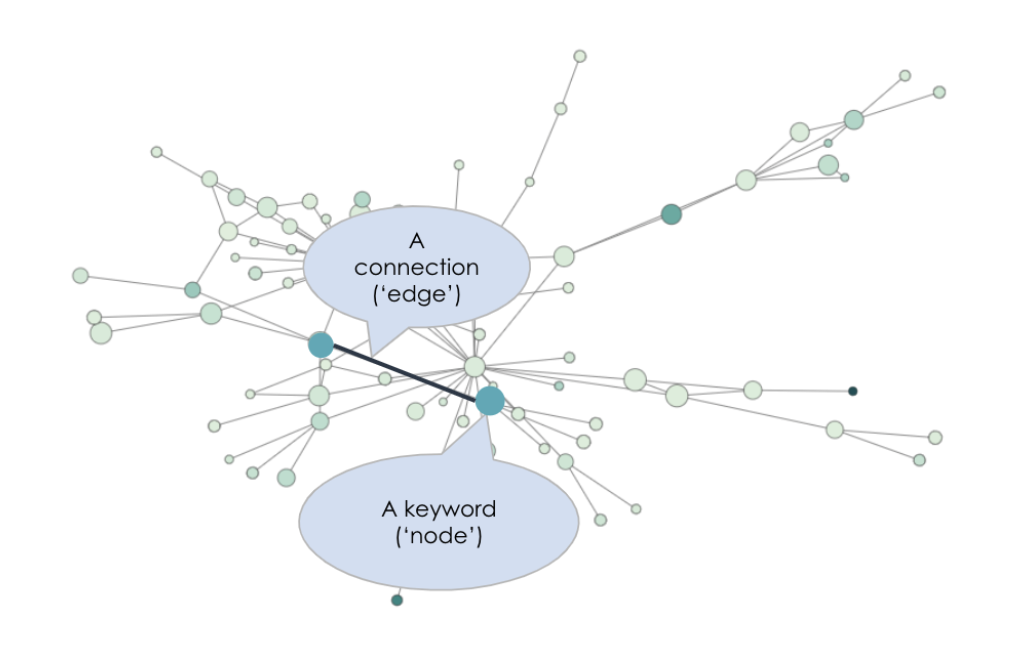The power of data could help save the Earth.
By Linda Farczadi, Arboretica’s CTO.
“We don’t have much time.”
This is the recurring theme across conversations about our environment. All activists in the industry have an internal clock ticking. It counts down to the point at which we will have inflicted irreparable damage to the only Earth we have.
By some reckonings, we have already passed the point of no return.
Organizations in the environment industry are working overtime to help, but they are limited by the number of people on staff, the hours in the day, and the amount of funding they receive. Researchers spend hours collecting data manually, focusing on small geographic regions due to time constraints. That’s before they do any analysis to make policy recommendations or implement programs.
But this could change. This has to change.
What if researchers could focus on data analysis instead of data collection? What if they could tap into the plethora of environment-related data sources to make faster, better decisions? What if organizations could better channel resources to work towards their missions? What if, collectively, we could slow down that ticking clock?
The environment industry needs consistent access to good data and advanced data analytics techniques. And it needs them today.
With these two tools in its arsenal, the environment industry will be able to work faster, at scale. Researchers will be able to channel their expertise into interpreting trends, and quickly. Organizations will be able to better secure and allocate funding, confident that they have all relevant information at their disposal to launch policies and programs that will fulfill their missions.
One advanced data analysis technique can be of particular help to environmental organizations: network analysis. Network analysis is the practice of mapping a data set as a network. Fundamentally, a network is a collection of nodes connected by edges. The nodes can represent any object from a data set, such as individuals, organizations, geographical areas, etc. The edges reflect relationships between the nodes: social interactions, financial transactions, spread of disease, or flow of information. Conducting network analysis uncovers new structural information about the data which cannot be achieved with other analytics methods.

Network analysis is a powerful tool to:
- Identify influence and power in a network
- Discover patterns in financial flow and funding across sectors or geographical locations
- Understand how well-connected a network is
- Analyze constantly evolving and dynamic information
- Make predictions that can be used to mitigate future climate crises, when coupled with machine learning
It is imperative for the environment industry to adopt network analysis, a technique already used in finance, economics, and manufacturing.
Here’s why: the environment industry benefits from a multitude of publicly available data sets, and those data sets are inter-connected. Policy makers and environmental analysts face dynamic socio economic systems governed by technological, economic, social, and financial relationships. The ability to map and understand the structures and relationships of such a network is therefore of the utmost importance. Identifying central nodes of influence can help diffuse information or implement effective policies.
Data analytics has begun to have a profound impact on the environment industry. Machine learning and automation can enhance human research by enlarging not only the breadth of data analyzed but also the speed and scalability of that analysis.
Network analysis will have an even greater impact. That’s why my team at Arboretica and I are working tirelessly in the industry. We supercharge environmental organizations with the data, analytics, and knowledge they need to achieve their missions faster.
We have one Earth, and the clock is ticking. Let’s buy some more time, together.
Linda Farczadi holds a PhD in mathematics from the University of Waterloo in Canada. She is the CTO of Arboretica, an organization that finds key insights within the vast volumes of public data.


